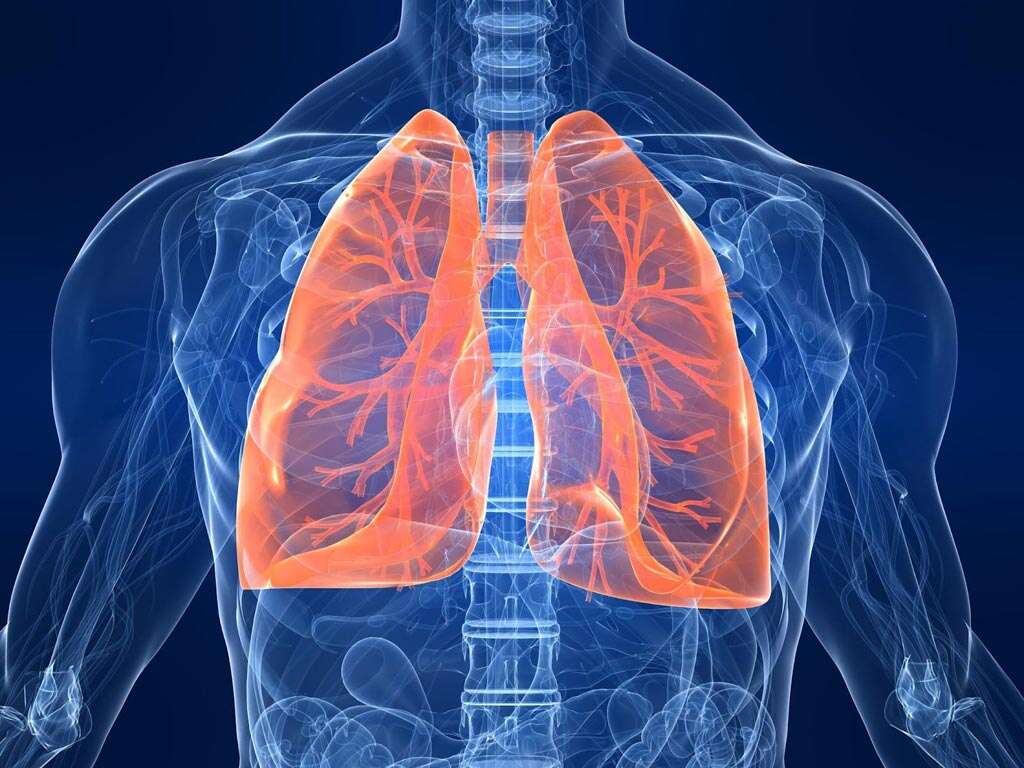10 Lupus Symptoms
Lupus, also known as systemic lupus erythematosus, is a fairly serious complication that affects the immune system. The immune system is what protects the body from infections and illnesses, but people suffering from immune diseases experience a different reality. Those who suffer from lupus experience an immune system that attacks their own bodily tissues. This can cause damage and illness, and requires treatment to help minimize the dangers and symptoms.
Lupus is not very common, but it’s not terribly uncommon either. Africans, Asians and Native Americans statistically have a higher instance of developing the condition than Caucasians. Most people who experience lupus are women, with up to 90% of sufferers being female. It generally occurs in younger women between the ages of 14 and 45.
If you haven’t been diagnosed, then it’s probably a good idea to get an outline of some of the most common symptoms of lupus. If you suspect you have lupus, you should seek medical attention.

Symptom #1: Fatigue
Fatigue is one of the most common symptoms of lupus. Many auto-immune diseases can cause fatigue, but lupus can cause it in a number of ways. Patients with lupus are also often co-diagnosed with anemia and/or depression, both of which are closely linked to fatigue.

Symptom #2: Joint Pain
A condition known as lupus arthritis can also emerge. Symptoms of lupus arthritis is pretty similar to osteoarthritis in that it causes your joints to become stiff, swollen, and tender.
The most commonly affected joints are those that are far from the center of the body: toes, fingers, knees, elbows, ankles, and the like.

Symptom #3: Fever
Lupus can cause fevers, but they are generally not very severe. If you get a fever of over 102 degrees F when you have lupus, it may be indicative of something else. It could be an infection.
Regardless, if you develop a fever during lupus, you should consider the possibility of infection. People with lupus report very frequent but low-grade fevers that don’t usually reach far beyond 100 degrees F. These can be early signs of other problems and can also be a sign of an inflammatory breakout.

Symptom #4: Rash
Rashes are quite common among people suffering from lupus. One of the more common and interesting symptoms is a butterfly-shaped rash that typically appears on the nose and on the cheeks of the patient’s face. About half of everyone suffering from lupus get this rash at some point.
This rash usually appears when the person is exposed to direct sunlight, but in other situations it can emerge before other symptoms flare up.

Symptom #5: Skin lesions
The skin lesions that someone experiences when they have lupus are a bit different than the standard, butterfly-shaped rash that most experience on their face. These lesions are typically non-itchy and they can rise up on other parts of the body.
Lupus can also occasionally cause hives. It can also cause discoloration of the fingers or the toes. All of these symptoms tend to be more apparent or more likely to flare up when a person exposes themselves to direct sunlight.

Symptom #6: Hair Loss
Another one of the most common symptoms that people experience during lupus is hair loss. Thinning hair is usually the first symptom that people get. Hair loss occurs because the skin and scalp become inflamed. When this symptom becomes serious, people may begin shedding clumps of hair - but usually, the process is much slower.
Thinning of hair can happen anywhere on the body: some people lose beard hair, some lose eyebrows and eyelashes, and others report thinning of other bodily hair. Hair can become brittle before it begins shedding, which makes it easier to break off. Lupus hair is a term that’s used to describe the thin, ragged hair that people suffering from lupus often have. If you develop skin lesions on your scalp, then you may not be able to grow hair there again.

Symptom #7: Lung problems
Since lupus is known for causing inflammation, it can also cause problems with inflammation in the pulmonary system. The lungs themselves can become inflamed, and this can lead to swelling of the nearby blood vessels, even leading to the diaphragm. All of these problems can be easily observed if you experience chest pain when you try to inhale, which is known as pleuritic chest pain.
If the condition isn’t dealt with, a person suffering from lupus may actually experience a decrease in the size of their lungs. If you often experience pain in your chest and have a difficult time breathing, you may be going through chronic pulmonary inflammation. The shrinking of the lungs is sometimes called vanishing, which can be worsened if the muscles in your diaphragm become weaker.

Symptom #8: Kidney inflammation
Another problem that can occur because of lupus is kidney inflammation, which is usually called nephritis. When the kidneys are inflamed, it becomes harder for them to eliminate toxins from the blood. Usually people suffering from lupus will experience nephritis within the first five years.
Symptoms of nephritis can include hypertension (high blood pressure), bloody or discolored urine, swollen legs and feet, increased frequency of urination, and pain in the sides where the kidneys are located. These symptoms may not be serious at first or they may be dismissed, but if you notice any of these problems then you should consider seeking medical attention.

Symptom #9: Digestive problems
When the digestive system becomes inflamed, a number of symptoms can emerge. The most common symptoms of digestive inflammation for people suffering from lupus include heartburn and acid reflux.
These symptoms can usually be treated with simple antacids. If you continue to experience chronic heartburn, you might want to consider decreasing the size of your meals because large meals can overwork the stomach and digestive tract. It’s also important to avoid caffeinated beverages because these can stimulate acid reflux. If neither of these things helps you overcome your digestive upset, go see your doctor.

Symptom #10: Thyroid problems
Autoimmune conditions are known to affect the thyroid, and people suffering from lupus are no exception. The thyroid is necessary for helping your body maintain a healthy metabolism, and if your thyroid isn’t functioning properly then all organs in your body can be affected.
Your brain, heart, kidneys and liver are particularly susceptible to thyroid malfunction. Thyroid imbalances can also be marked by changes in weight, dry skin or hair, and mood instability. Lupus can cause an overactive or an underactive thyroid. An overactive thyroid is known as hyperthyroidism, and an underactive thyroid is called hypothyroidism. If you notice problems with your metabolism, check in with your doctor.










